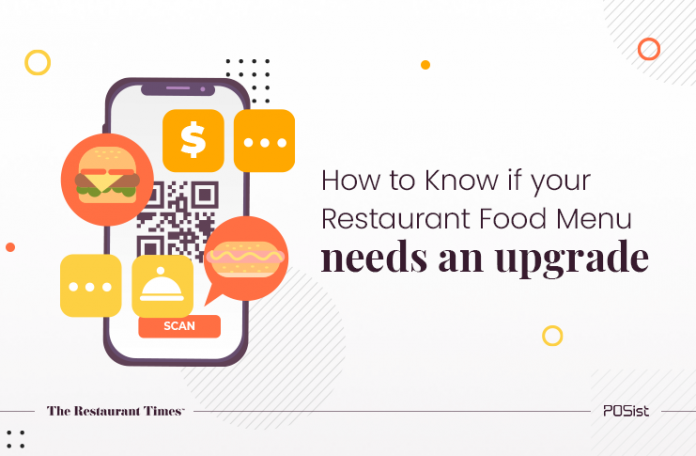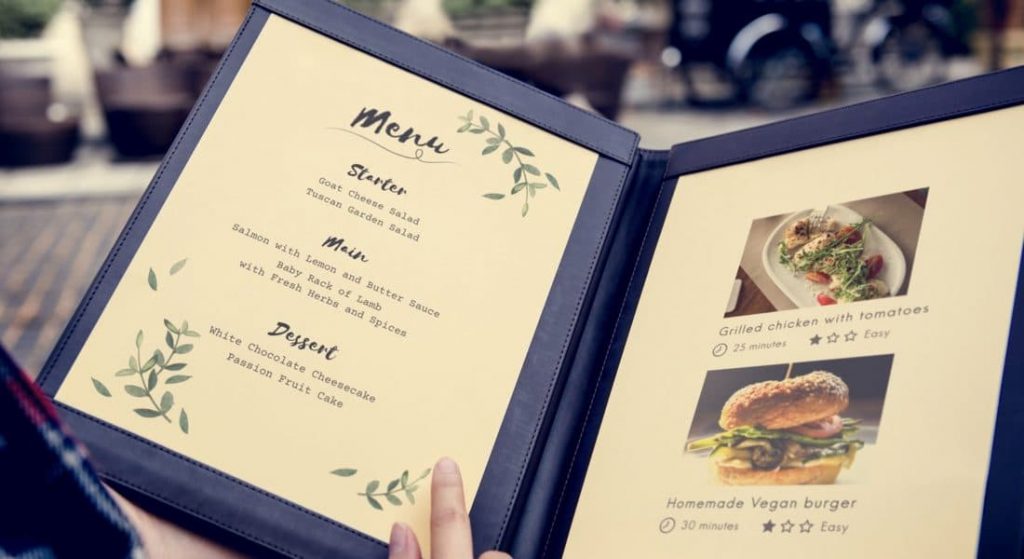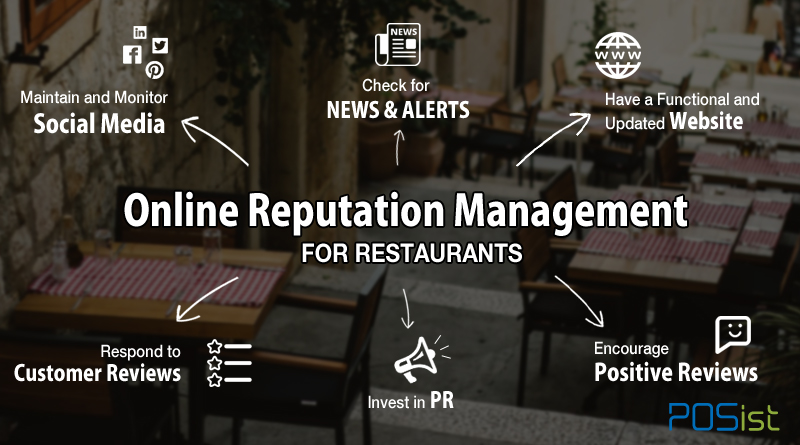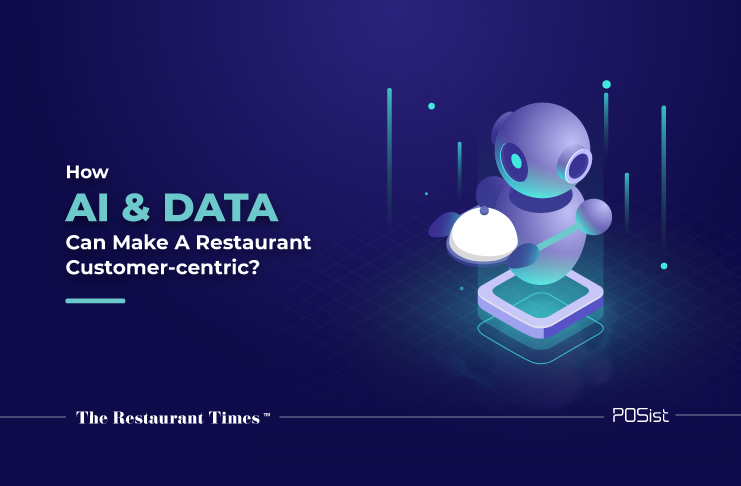The restaurant industry is constantly shifting and evolving because of new trends and tastes. Given the current scenario, you must always adapt to keep your business afloat. One area of restaurant operations you must regularly check and monitor is your menu. An upgraded menu can bring in opportunities to generate more revenue and cut down costs. Thinking about whether your restaurant menu needs an upgrade? We have got you covered.
How to Know If Your Restaurant Food Menu Needs an Upgrade
There are many benefits of upgrading your restaurant menu. But how do you decide when your menu actually needs to be modified? We have listed down some of the reasons below.
1. When Food Costs Change
As the price of raw materials fluctuates throughout the year, it’s important to analyze your food costs regularly. At the time of deciding the menu prices, the price of certain ingredients might have been less. However, the same dish might be more expensive in the current scenario, eating into the profit margin.
To find out how much each dish costs, calculate the actual food cost percentage. Secondly, speak to your kitchen staff about food wastage. If waste can be attributed to procuring some raw materials in bulk, check out the prices other vendors are offering for the inventory you need. As a general practice, you can compare the prices of other vendors and your current suppliers.
2. When a Menu Item is Not Being Ordered By Customers
If your restaurant has menu items that are rarely ordered, they might not be worth the expense. In such a scenario, do an analysis of your menu and profit per dish twice a year. If some menu items are affecting your overall ROI, lower the menu price, or eliminate those items altogether from your menu. In case you are removing an alternative diet menu item such as keto, vegan, etc, replace it with a similar menu item.
3. When POS Reports Show a Loss on Menu Items
To get started, generate an annual sales report on your restaurant POS. Analyze the top-selling and consistently ordered menu items first. They are generating huge revenue for the business, and look for ways to enhance your margins on them. They are reliably sold, and for that reason, they are the dishes to pay particular attention to in terms of food costs.
A robust POS system can be of great help in identifying the least selling items in your menu. These are the items that are rarely ordered and hardly impact your bottom line. Identify these from your POS system, calculate the actual making cost versus the revenue they are generating. If the cost of preparing these dishes is more than the selling price, cut them out of the menu. Eliminating these items from the menu not only saves on the food costs but increases the profitability as well.
4. Difficult to maintain margins
Looking at the unpredictability and volatility of the market, restaurants might be struggling with maintaining profitability in terms of food costs. Analyze what can be done to improve the menu margins without lowering quality. Conduct some research with the food vendors. Bring changes in the portion sizes and similarly alter the menu prices. If your restaurant profit margins are shrinking, understand the root cause, and similarly bring changes to your menu.
How Often Should You Change Your Menu
When strategically executed, a restaurant menu has the power to revitalize your business, optimize food costs, and persuade customers to return.
Upgrade Your Restaurant Menu At least Once a Year
It is always recommended to upgrade your restaurant menu often to grow your business. To maintain profits, update your restaurant menu at least once a year and make sure food costs are in sync with the menu prices. Also, consider changing your menu when items start dropping to the bottom of your sales reports.
A common mistake that restaurants often tend to make is creating menus that are either too big or too small. Outline the ongoing food trends and customer expectations and bring changes in the menu accordingly.
Perform a Yearly Audit
While reviewing your menu prices and items, take a look at the seasonal ingredients, current food trends, and portion size. Robust POS systems allow access to consumption reports on individual menu items. Review the menu items that are not selling and the items that are doing well. Analyze if there is a way to add more variety or a need to eliminate some menu selections to entice customers.
The restaurant industry is continuously evolving and updating your restaurant menu is essential to keep up with the latest trends. Consider the restaurant menu as not only a marketing tool but also an immediate source of profitability. Implement these tips and don’t forget to upgrade your restaurant menu!


















